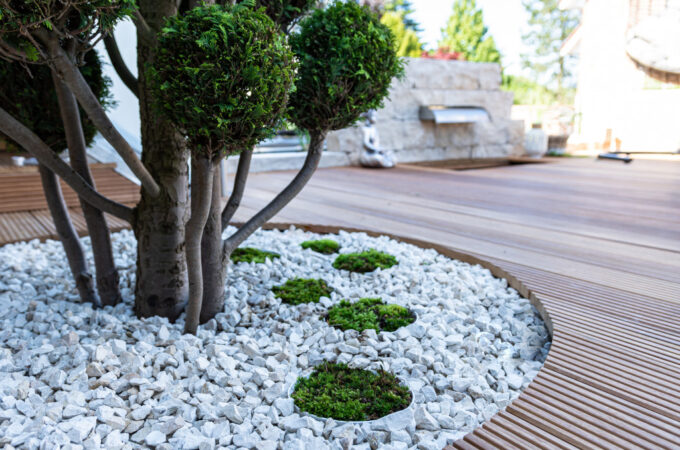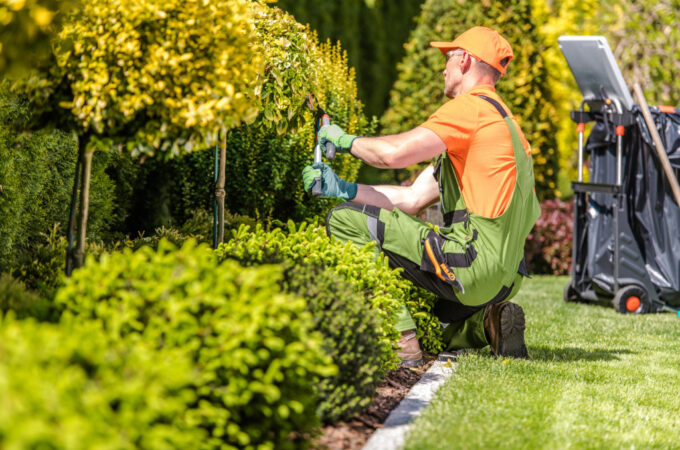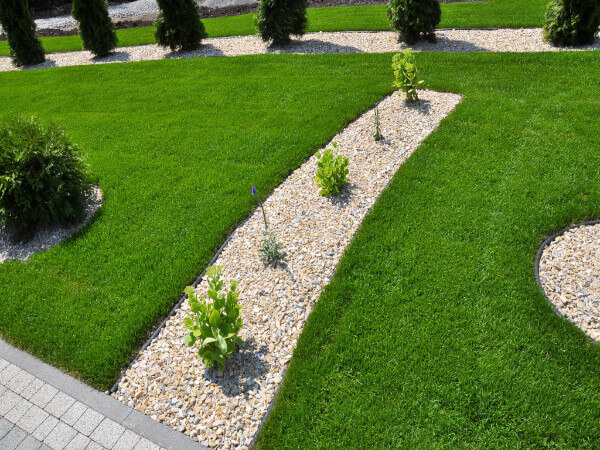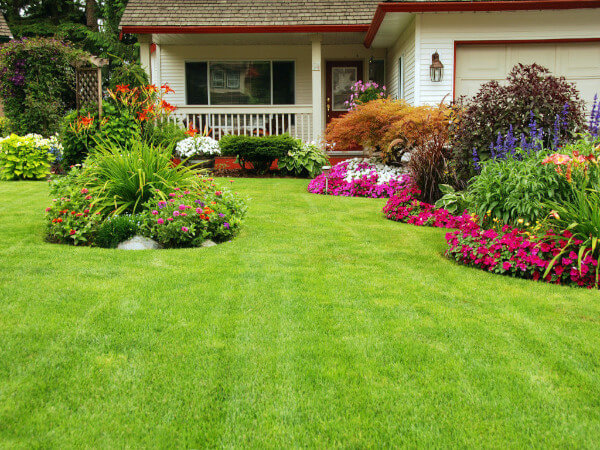
Landscaping Designs
Landscaping designs have become increasingly popular these days. Homeowners are looking for ways to improve their homes, rediscover the outdoors and reconnect with nature.
A beautiful landscape will boost your home’s value and increase your enjoyment of it year round. It will also give you a great place to spend time outside, whether that’s reading, having a backyard party or simply relaxing.
A focal point in landscaping is a key element in any design, helping to draw attention and create a sense of destination. This can be a plant, structure or object that stands out from the rest of the landscape.
In a garden, it can be a tall tree or a fountain that draws the eye in and provides a place to rest. It can also be something else, such as a garden art piece or statue.
Landscaping designs that lack a focal point can be unsymmetrical, disorganized or visually jarring. This is especially true when the focal point is placed on an axis (long, straight lines of sight).
A good design strategy involves creating a variety of focal points and vantage points within a garden. These can be placed at the ends of natural pathways or along walkways that lead from one area to another.
Oftentimes, these vantage points are places that someone may sit or stand near, such as on a patio or in the living room. This allows for the eye to move smoothly from one focal point to the next without becoming overwhelmed with design features.
This concept also works well when designing a garden in an urban setting or on a small lot, as there are naturally occurring paths of sight that can be used to guide the eye around the landscape.
In addition to these natural paths, many people choose to use a series of benches and other seating areas when designing their garden. These seats are usually painted in a bright color to contrast with the natural landscape surrounding them, adding a stylish flair to the area.
These types of seating areas can be effective focal points, as they will attract a lot of attention from passersby and help to draw the eye to certain parts of the landscape. It is important to keep in mind the average distance between the bench and the focal point so that the seating area doesn’t become overwhelming or take over the space.
The term “hardscaping” is often used to describe the non-living parts of a landscape design. This includes patios, walkways, driveways, retaining walls and even decorative fountains.
Hardscaping can be a great way to add interest and appeal to your outdoor living space. It can be very functional as well, helping to reduce the amount of time it takes to maintain your yard and gardens.
If you want to make sure your outdoor living area is going to be a success, you should talk to a professional about adding hardscaping to your landscape design. They can help you to think through your ideas and create a plan that will work best for your property and the needs of your family.
When planning for a hardscape, you should consider all of your outdoor spaces in order to ensure that everything is integrated. This includes all the pathways and patios that you want to include in your landscape design, as well as all the structures like gazebos, arbors, pools and barbecues that you are going to be installing in your yard.
One of the most important things to consider when planning for a hardscape is to have a focal point that will help draw the eye. The design should also take into account the size and location of your hardscape so that it is going to be a pleasing addition to your home.
You should also be sure to have proper drainage in your hardscapes. This is very important because over time, dirt and organic materials can cause hardscapes to deteriorate. This can lead to problems such as cracking, staining, and failure of joint grout.




